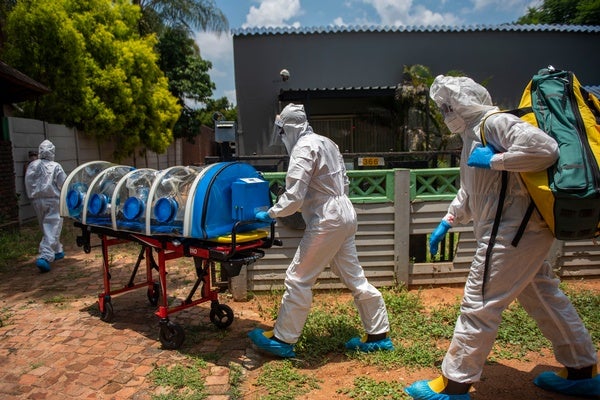 |
| December 03, 2021 |
 |
| |
| |
| |
| Sponsor Content Provided by AstraZeneca Meet the 2021 C2 Awards Honorees Redefining cancer care takes a community. The third annual Cancer Community Awards (or C2 Awards) celebrate the grassroots changemakers on the frontlines of cancer care. Meet this year's honorees and learn more at YourCancer.org | | | | |
| |
| |
| |
| |
| |
| Cancer The COVID Cancer Effect Oncologists are grappling with predicting—and mitigating—the effects of the pandemic | | | | |
| |
| |
| |
FROM THE STORE
 | | Trailblazers: Women in Science Sally Ride, the first American woman to go to space, once said that she didn't set out to be a role model, but after her first flight, she realized that she was one. Like her, the 12 women scientists in this collection became unintentional heroes through perseverance and hard work, making great discoveries in all areas of science. From Vera Rubin's examination of the internal dynamics of galaxies to Nobel Prize winner May-Britt Moser's study of the brain's GPS-like navigating system, read up on the achievements of women who became role models for us all. |  | | |
| |
BRING SCIENCE HOME
 | | Wild Winds: Turbulent Flow around Structures |  Energy-efficient: What sort of breeze makes wind turbines spin best? Learn how engineers pick the best places to generate wind energy in this fun science activity. Hold on to your hat! Credit: George Retseck | Have you ever seen a wind turbine? Wind turbines are large towers with blades on top that are spun by the wind. They are one source of clean, renewable energy. They use the movement from the wind-spun blades to generate electricity. But in order for the turbines to work best, environmental engineers have to figure out where to put wind turbines so that they get the best exposure to steady, consistent winds. In this project you will play the role of an environmental engineer and figure out whether it is a good idea to put wind turbines near tall buildings. | |  | |
LATEST ISSUES
 |
| |
| Questions? Comments?  | |
| Download the Scientific American App |
| |
| |




